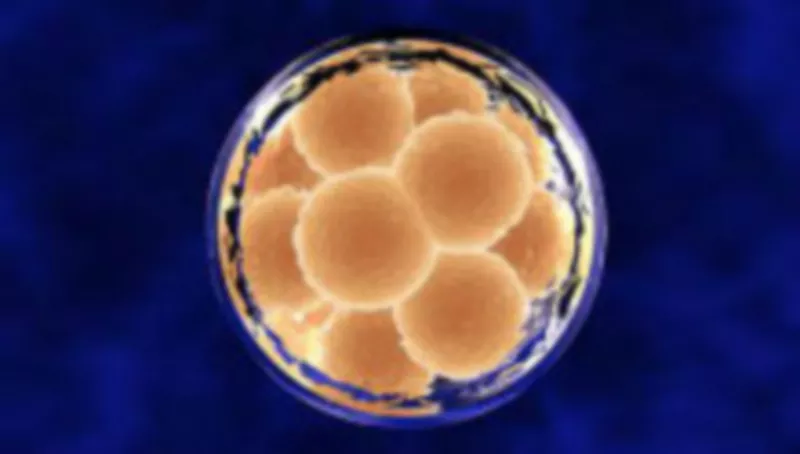



Business Inquiry
Global:
Email:marketing@medicilon.com
+1(781)535-1428(U.S.)
0044 7790 816 954 (Europe)
China:
Email: marketing@medicilon.com.cn
Tel: +86 (21) 5859-1500



Harvard Stem Cell Institute (HSCI) researchers at Massachusetts General Hospital and Harvard Medical Shcool have found new evidence suggesting some human induced pluripotent stem cells are the “functional equivalent” of human embryonic stem cells, a finding that may begin to settle a long running argument.
Comparing embryonic stem cells and induced pluripotent stem cells can be a little like comparing apples and oranges. Or to put it another way, apples-to-apples comparisons can be hard to arrange because embryonic stem cells and induced pluripotent stem cells may be genetically distinct. In fact, they usually reflect sex, race, and ancestral differences. So, when embryonic stem cells and induced pluripotent stem cells behave differently, as they often do, there is no telling if variations come down to basic genetic differences, or if variations are due to the rigors of reprogramming—which adult cells must endure to achieve artificial or induced pluripotency, but which embryonic stem cells are spared.

Because apples-to-apples comparisons are so hard to come by, stem cell scientists have never been able to agree whether embryonic stem cells and induced pluripotent stem cells are equivalent. Even after performing hundreds of experiments, stem cell scientists remained divided. Some experiments suggested that the two types of stem cells functioned similarly and could be used interchangeably, and other experiments suggested that they were fundamentally different.
To help resolve the controversy, stem cell scientists based at Harvard Medical School contrived an experiment that was as much of an apples-to-apples comparison as they could manage. They “tricked” human embryonic stem cells (hESCs) into becoming human induced pluripotent stem cells (hiPSCs) by first coaxing hESCs to form skin cells. Then they reprogrammed those skin cells into hiPSCs. Finally, they compared the gene products of the hiPSCs with those of the hESCs.
The results of the comparison would be telling, the scientists reasoned, because the hESCs and the hiPSCs were genetically identical. The comparison, it turned out, indicated that the different types of stem cell could not be distinguished by a consistent gene expression signature and were, in the scientists’ words, “molecularly and functionally equivalent.”
Details of the scientists’ work appeared October 26 in the journal Nature Biotechnology, in an article entitled, “A comparison of genetically matched cell lines reveals the equivalence of human iPSCs and ESCs.”
“Here we use genetically matched hESC and hiPSC lines to assess the contribution of cellular origin (hESC vs. hiPSC), the Sendai virus (SeV) reprogramming method and genetic background to transcriptional and DNA methylation patterns while controlling for cell line clonality and sex,” wrote the authors. “We find that transcriptional and epigenetic variation originating from genetic background dominates over variation due to cellular origin or SeV infection.”
When the scientists examined the gene products from the hESC and hiPSC cells, they found that only about 50 of the 200,000 genes that make up the human genome were expressed differently. What’s more, the differentially expressed genes were transcribed at such low levels that any apparent transcriptional difference between hESC and hiPSC cells may be nothing more than transcriptional noise.
Finally, the researchers assessed the functional properties of their ES and iPS cell lines. The researchers found that the cell lines had equal potentials to differentiate into neural cells and a variety of other specialized cell lineages.
“When using these cell lines and assays, and after considering a number of technical and biological variables, we find that ES cells and iPS cells are equivalent,” said Konrad Hochedlinger, Ph.D., a principal faculty member at the Harvard Stem Cell Institute and a senior author of the Nature Biotechnology paper. Dr. Hochedlinger added the caveat that not all practical applications can account for the variables, and that the science has not yet advanced to where iPS cells can replace embryonic stem cells in every situation.
“Embryonic stem cells are still an important reference point, against which other pluripotent cells are compared,” noted Dr. Hochedlinger. “Along those lines, this study increases the ‘value’ of iPS cells.”